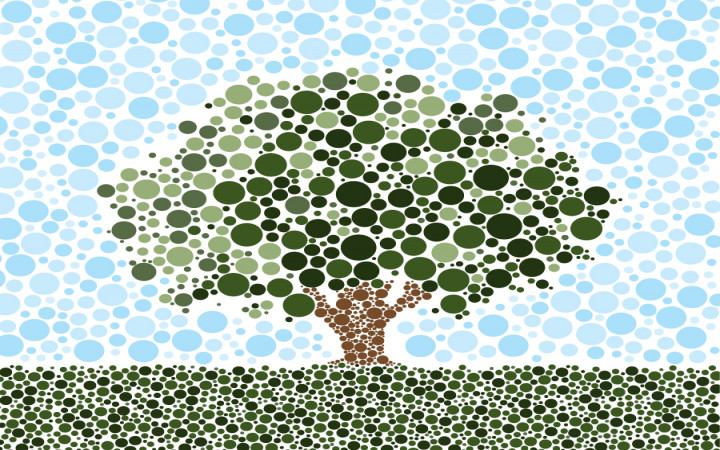Unveiling the Beauty of Pointillism Technique in Art – Art is a canvas for endless creativity and techniques that bring imagination to life. Among these techniques, Pointillism stands out as a method that uses the simple dot to create intricate and vibrant artworks. In this article, we delve into the world of Pointillism, uncovering its essence, exploring famous examples, and understanding the shading technique that adds depth to these captivating masterpieces.
Exploring Pointillism Technique
Pointillism is an artistic technique that involves creating an image using tiny, distinct dots of color. These dots are carefully placed close together on the canvas, creating the illusion of a complete image when viewed from a distance. The technique originated in the late 19th century and is often associated with the Neo-Impressionist movement. slot online
Famous Examples of Pointillism
“A Sunday Afternoon on the Island of La Grande Jatte” by Georges Seurat: This iconic painting is a hallmark of Pointillism. Seurat meticulously applied countless dots to create a scene of people relaxing on an island. The dots blend optically to form the vibrant image.

“Starry Night” by Vincent van Gogh: While not a strict Pointillist work, van Gogh employed a similar technique in “Starry Night.” He used swirling brushstrokes and dots of contrasting colors to create movement and texture in the night sky.
Pointillism Shading Technique
The shading technique in Pointillism involves varying the density and size of dots to create the illusion of light, shadow, and depth. By layering dots in different concentrations, artists can mimic the effects of traditional shading techniques, adding a three-dimensional quality to the artwork.
Darker areas are created by placing dots closer together, while lighter areas utilize fewer dots spaced farther apart. This meticulous process allows the artist to achieve a range of tones and textures, resulting in a dynamic and visually striking composition.
Conclusion
Pointillism is a testament to the power of simplicity and patience in art. Through the careful arrangement of countless dots, artists create images that come to life with vibrancy and depth. From Seurat’s idyllic island scene to van Gogh’s swirling night sky, Pointillism captures the essence of a moment in a unique and mesmerizing way.
The shading technique employed in Pointillism adds an additional layer of skill and complexity to these artworks. By strategically varying the density and size of dots, artists breathe life into their compositions, creating the illusion of light, shadow, and texture.
In a world of brushstrokes and bold colors, Pointillism stands as a reminder that artistry knows no bounds. With nothing more than dots of paint, artists craft scenes that are both intricate and captivating. The technique’s ability to play with perception and create vivid, cohesive images speaks to the endless possibilities that art offers.
So, the next time you encounter a Pointillist masterpiece, take a moment to appreciate the dedication and skill behind each tiny dot that comes together to form a larger whole. Pointillism is not just a technique; it’s a celebration of the art of detail, patience, and the enchanting world of creative expression.